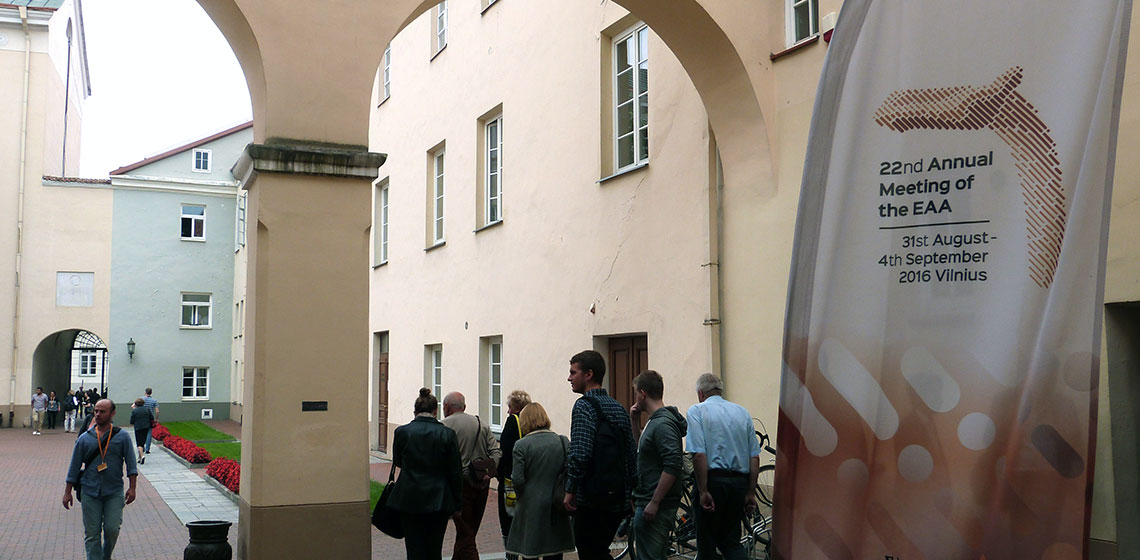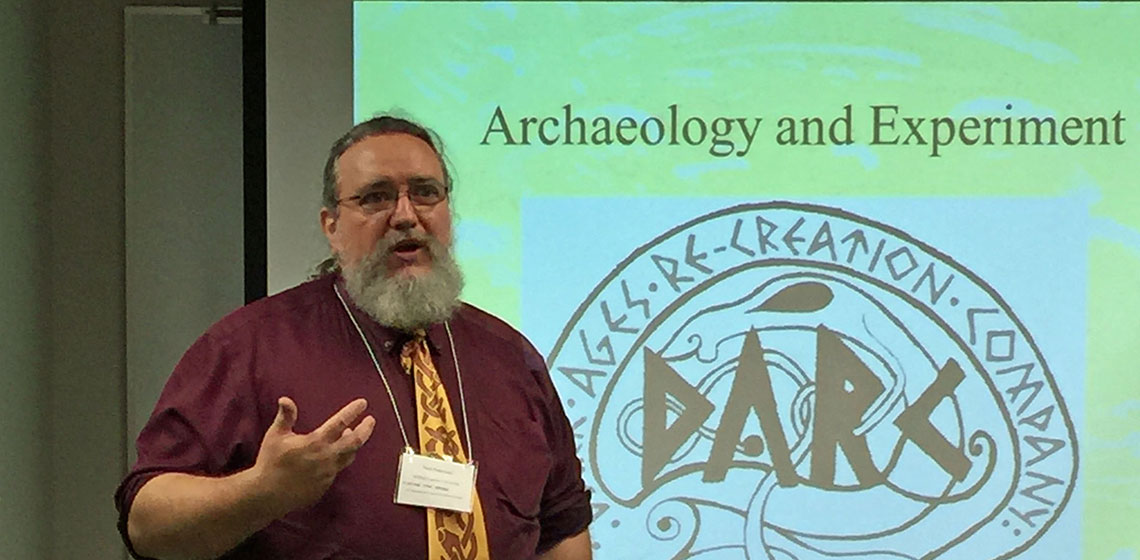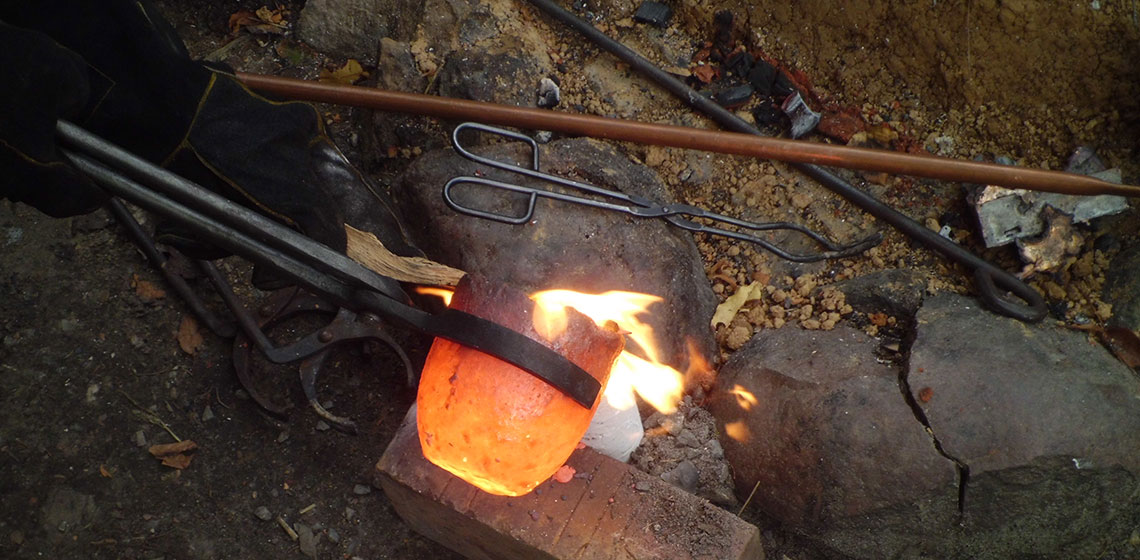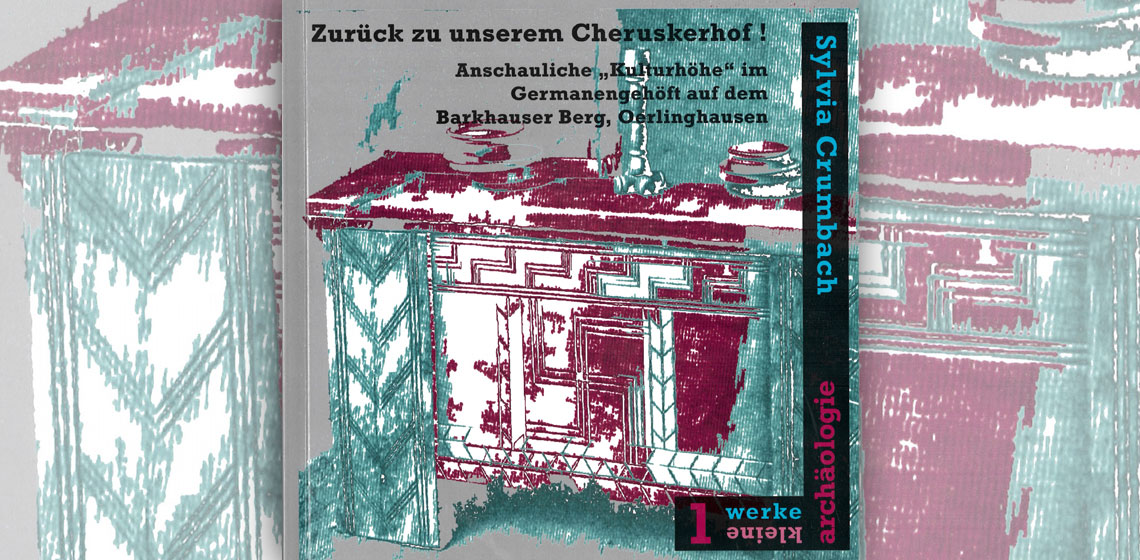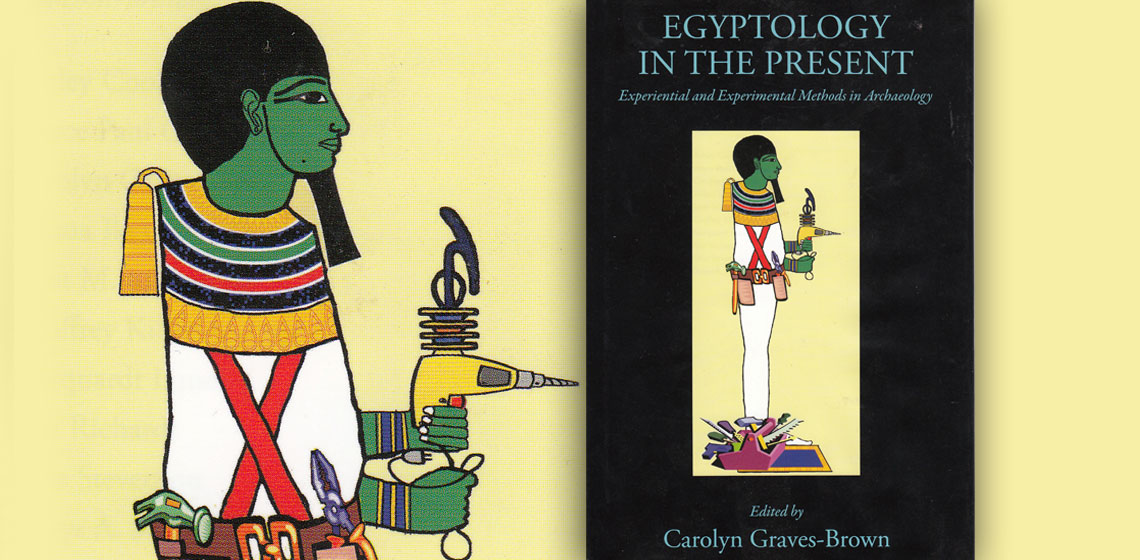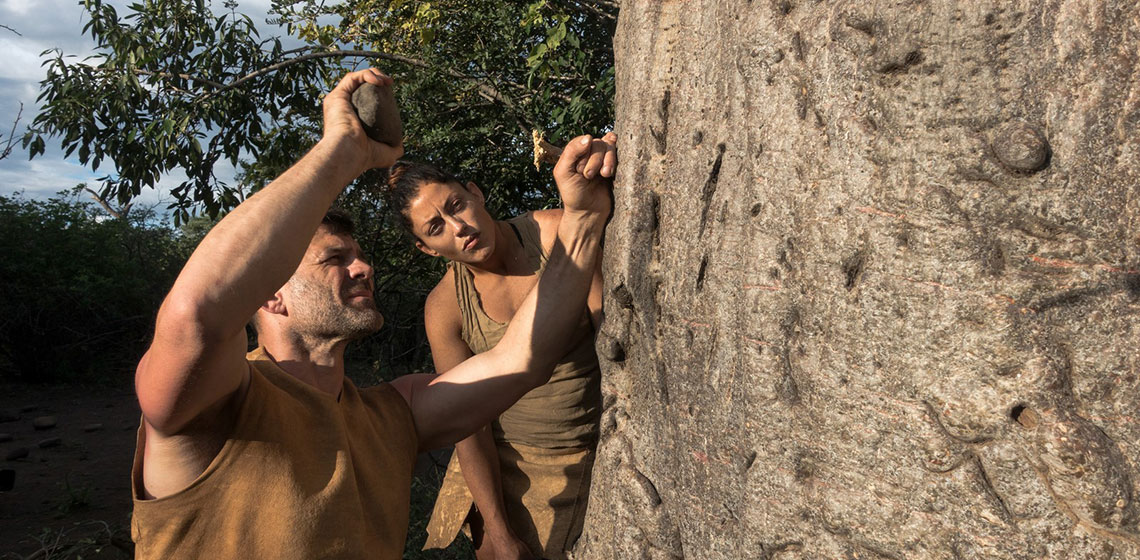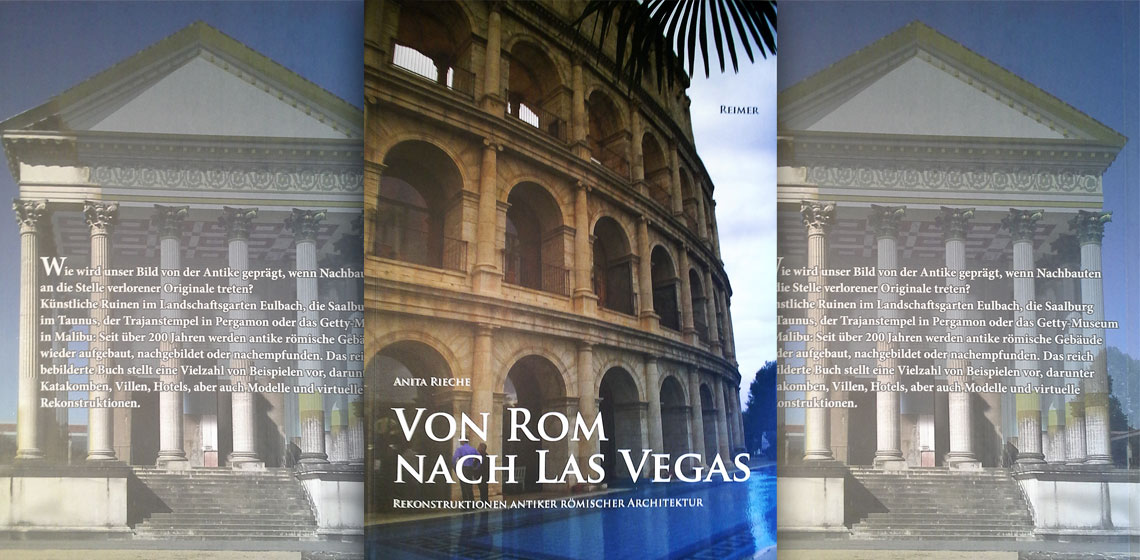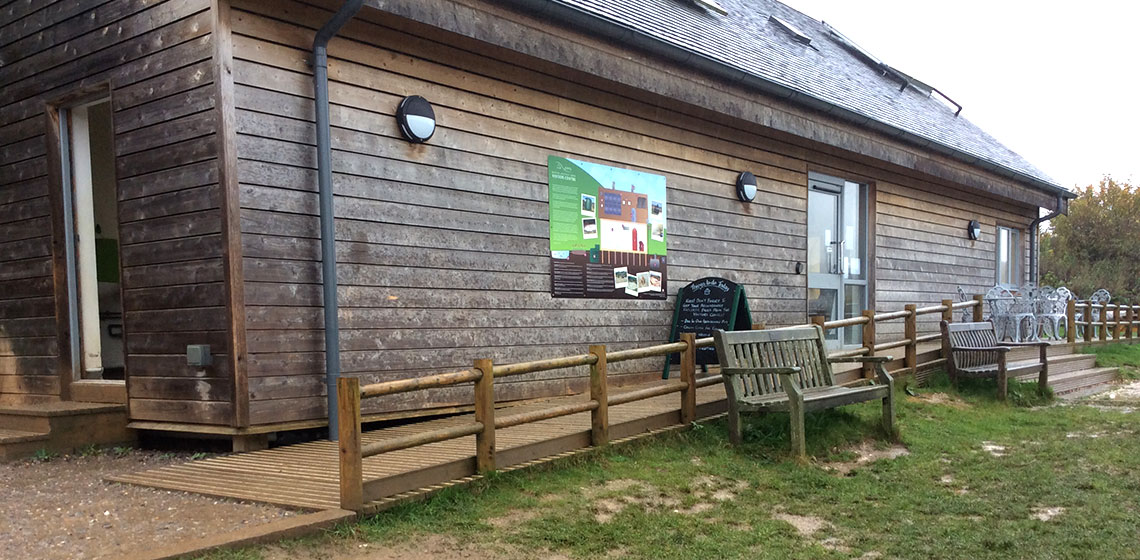Mixed Matters
Conference Review: EAA Vilnius – about Archaeological Tourism, Visualisation, Experiment and Reconstruction
Publication Date
The European Association of Archaeologists held its annual conference of 2016 in Vilnius, Lithuania. About 1,500 participants attended a programme, with a similar number of papers, in over 100 sessions. About a dozen EXARC members attended; what follows here is a review of three sessions...
How to make Yours one of the Good presentations
Publication Date
“The two words 'information' and 'communication' are often used interchangeably, but they signify quite different things. Information is giving out; communication is getting through”.
Sydney J. Harris
Conference Review: The Metalworker and his Tools: QUB Belfast Conference
Publication Date
A recent conference, funded partially by UISPP, was held in Queens University Belfast. While its main focus was on Bronze Age metalsmithing tools and assemblages, the MeTools conference (23-25 June at Queen’s University, Belfast) had several presentations that focussed on experimental archaeology as a means of exploring metalworking craft...
Book Review: Zurück zu unserem Cheruskerhof! by Sylvia Crumbach
Publication Date
Experimental archaeology in its various manifestations is a transnational historical practice that, for almost one and a half centuries, has managed to fascinate both academic practitioners and laypeople. Although it has many ideological connections – ranging from anti-modernism, nationalism, the life-reform movement, racism, National Socialism...
Book Review: Egyptology in the Present: Experiential and Experimental Methods in Archaeology by C. Graves-Brown (Ed)
Publication Date
The eye-catching and colourful cover illustration of the Egyptian creator-God Ptah, fully-equipped with modern toolkit, promises an informative journey into experiential and experimental archaeology in Egyptology...
Reinventing EXARC, a Discussion between Members
Publication Date
At the Annual General Meeting in Leiden (NL) in March 2016, about 25 EXARC members discussed future strategies for EXARC. We intend to collect opinions from members throughout 2016 and present a plan at the Annual General Meeting in 2017.
Film Review: The Great Human Race by National Geographic
Publication Date
National Geographic offers some of the most beautiful film material, of nature and culture, one can imagine. When I heard that Dr Bill Schindler would co-star together with Cat Bigney in a series recreating humankind’s ancestral journey, I was thrilled...
Book Review: Geschichtstheater. Formen der "Living History" by Wolfgang Hochbruck
Publication Date
National interest in re-production of history started when the Ethnological Commission of Westphalia called together with Freilichtmuseum Cloppenburg, one of the oldest German open-air museums, a conference on the topic of “Living history in the Museum” in 2007 in Cloppenburg, Niedersachsen. Subsequent conferences made it clear that - apart from predictable doubts about the reliability and quality of the reconstructions of historical life-worlds and events - there was a significant dissonance regarding terminologies.
Book Review: From Rome to Las Vegas. Reconstructions of Ancient Roman Architecture by Anita Rieche
Publication Date
For more than 200 years ancient buildings have been reconstructed. Reasons for the reconstruction of Roman architecture in particular are many. People enjoy being surrounded by fully realised reconstructions of ancient ruins where they can be taught in a manner reflecting a museum-like academic rigour...
Making Butser Ancient Farm More Accessible
Publication Date
At Butser Ancient Farm our aim is to help visitors understand more about life in Britain in the distant past. We are also determined to give all our visitors a good experience when they visit. To promote this for every visitor, we need to be aware of the needs of our visitors, whatever they may be...

